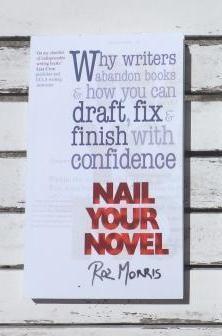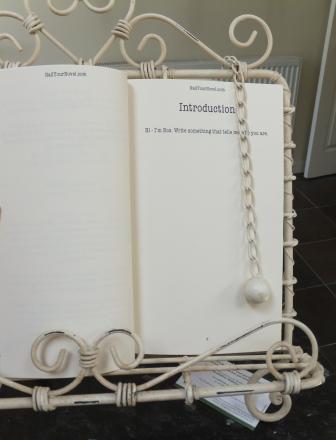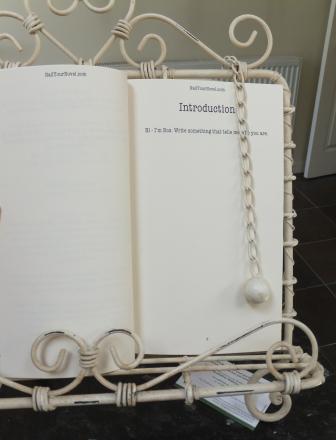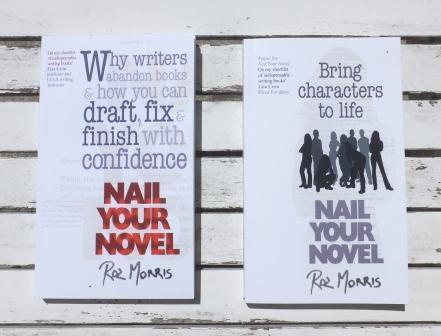Roz Morris's Blog, page 81
July 14, 2013
4 low-cost ways to get writing tuition if you can’t afford an editor
I’ve just finished writing my first novel. I want to get published but I can’t pay for an editor. What can I do? Edith
Every week I get emails from writers who want help but can’t afford the cost of an editor. And I can see why. Good editors cost a big chunk of money and the job can’t be done cheaply. I don’t think seriously committed writers assume anything otherwise.
But sometimes, the writing world can seem like those schools where rich parents hothouse their kids by hiring personal tutors. If you don’t have the spare dollars, will you be left behind?
Not necessarily. Many of the writers I know never hired editors, yet we earned our spurs somehow. And you can still learn the way we did. It still works.
I probably sound like I’m doing myself out of a job here. Certainly a good editor will zoom in on your individual weaknesses (and strengths), and will improve all the novels you write, not just the one they assess. Also I’ll state that I’ve learned heaps from the agents and editors I’ve worked with. But the bulk of my learning came from elsewhere.
It wasn’t all free, but it was considerably cheaper than hiring an editor.
1 Find a good evening class
For two years I went to a novel-writing course at an adult education college. This was fantastic – an intensive two hours each week in which we’d critique a couple of works in progress, guided by a tutor who was also a literary agent. In case you’re in London, it was Morley College in Waterloo. Almost any well-populated area should have adult education facilities, and you can probably access them online too.
Intensive weekend courses are also useful (in the UK Arvon is well regarded), though the cost is getting on for the price of an editor, but there’s definitely something to be said for a regular dose of writing tuition every week to realign your awareness. Writing minds are trained gradually, so hothousing doesn’t necessarily give you an advantage.
Cost: Evening classes at Morley College about £130 per term
2 Find a critique group
Your evening class might fulfil this function, as mine did. But if it doesn’t, find a critique group or a clan of beta readers you can trust with your WIP. They may not be as expert as tutor-level critics, but can still be very valuable as they will react to your work as real readers.
Make sure you pick people who read your type of book (I hesitate to use the word ‘genre’ after last week’s discussion  ) and who come together with the intent to help each other improve. You don’t want a mutual stroking society, you want people who’ll stop you making mistakes.
) and who come together with the intent to help each other improve. You don’t want a mutual stroking society, you want people who’ll stop you making mistakes.
How expert do they have to be? Almost anybody can tell you the places where the book bored them, interested them, confused them, stretched their credibility or kept them up well past their bedtime. If they give you solutions as well, ignore them (diplomatically) unless they have reason to know what they’re doing. You find your solutions from your other experts.
A word of caution: although the participants don’t have to be expert, you need to make sure the group is moderated by someone wit h nous who can recognise when personality clashes or personal issues are interfering with the group’s criticism.
h nous who can recognise when personality clashes or personal issues are interfering with the group’s criticism.
If you can’t find a group in the corporeal world, there’s nothing to stop you assembling a brief email list of trusted early readers.
Cost: Wine, cake and other standard bribes
3 Read craft books
For years I mainlined writing craft books. I gobbled up so many I can’t remember all the titles, and I gave loads away to friends, but the ones I still have are by Robert McKee, Jordan Rosenfeld, Stephen King, Dianne Doubtfire , James Wood, David Lodge, Bob Shaw, Syd Field and Blake Snyder.
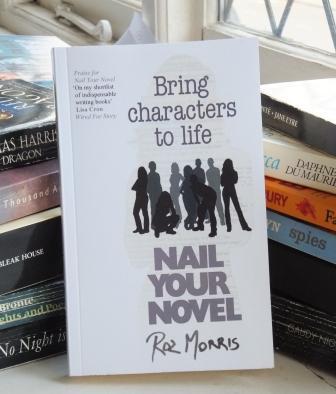 And of course, I’m now adding to the writers’ reading burden with tomes of my own, distilled into practical tutorials based on the advice I regularly give when I critique. Hence the characters book.
And of course, I’m now adding to the writers’ reading burden with tomes of my own, distilled into practical tutorials based on the advice I regularly give when I critique. Hence the characters book.
Cost: the price of a book (or several)
4 Read like a writer
This is what I have always done. Each time I read something that impresses me, I stop and examine how it was done. This means I dither through books, often trapped by a sentence, a enchanting description or a wrenching twist. This extreme predisposition to wonder is what made me write in the first place and it’s what inspires and teaches me still.
Cost: what price can you put on pleasure?
The long and the short
It can’t be denied that an editor is a fast track to proficiency. But some of the necessary lessons can’t be learned in a hurry. We need time for unfamiliar concepts to become habit, to make the knowledge our own and to put it to full imaginative use. That isn’t bought with money. It’s earned with time and dedication.
Thanks for the money-burning pic Jurvetson Just for the record, the lady in the pic is not a financially challenged – or blessed – writer, but an entrepreneur making a point about energy wastage. But we’re both talking about money that may not need to be spent 
Where are you in your writing journey? How did you learn and how are you learning still? Is there anything you’d tell Edith?


July 9, 2013
‘Love starts with a face’ – The Undercover Soundtrack, Barry Walsh
 When this week’s guest was on his final rewrite, Adele’s Someone Like You was playing from every radio. He says it seemed to reinforce the story he was polishing – a tale of first love, the transition into puberty and the emotional and physical barriers of the adult world. He says he’d been scribbling notes for years, but first felt emboldened to write the novel – based on his childhood memories of 1960s London – when a Neil Young song convinced him he was sitting on a story. He is Barry Walsh, the novel is The Pimlico Kid and he’s on the Red Blog talking about its Undercover Soundtrack.
When this week’s guest was on his final rewrite, Adele’s Someone Like You was playing from every radio. He says it seemed to reinforce the story he was polishing – a tale of first love, the transition into puberty and the emotional and physical barriers of the adult world. He says he’d been scribbling notes for years, but first felt emboldened to write the novel – based on his childhood memories of 1960s London – when a Neil Young song convinced him he was sitting on a story. He is Barry Walsh, the novel is The Pimlico Kid and he’s on the Red Blog talking about its Undercover Soundtrack.
GIVEAWAY Barry is offering a signed print copy of The Pimlico Kid. For a chance to win, leave a comment on the post or share it on Twitter, Facebook, G+ or anywhere else (and don’t forget to leave a note here saying where you shared it).


Who won the Nail Your Novel impromptu notebook of surprises….?
I’ll tell this in pictures. Take this:
Do this:
 And the winner is…. (squints because can’t read own handwriting….)
And the winner is…. (squints because can’t read own handwriting….)
Debby Hanoka!
Congratulations, Debby! Email me with your postal address and I’ll send you your goodies! And thank you, everyone who helped spread the word about my new cover.


July 7, 2013
Why literary novels take so long to write
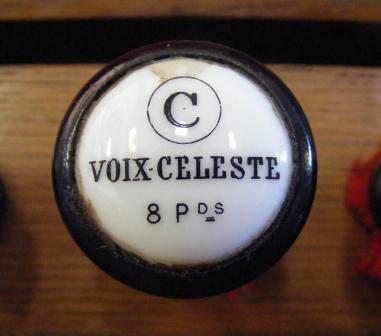 Literary novels are famously slow to write. Three years seems the average gestation from first committed day to final sign-off. And some writers refine on and on for much longer.
Literary novels are famously slow to write. Three years seems the average gestation from first committed day to final sign-off. And some writers refine on and on for much longer.
In these days of empowered authors dashing off novel after novel, this tortoise speed must seem self-indulgent, even lazy. And in commercial publishing, you might be given just a year to deliver a book.
So just what makes some literary novelists take so much longer? What are we doing with all that time? If we know how to write, why can’t we just slap it out?
Everyone’s different of course. I can only tell you why I can’t – but I suspect my reasons aren’t unique. So here it is: why it takes me so long to write my kind of novel.
1 Striving to not repeat myself
I want my new novel to be its own entity. There will be enough similarities with other books I’ve written – themes, style, quirks and concerns will put my fingerprints all over the book regardless. But I don’t want to make a set of table mats. I want to ask different questions. Stretch what I can do with stories. Explore different characters.
When I have a gut reaction idea, I try my best to shift into a different groove. Is it too like something I did in My Memories of a Future Life or Life Form Three? Should I search for another answer?
Heaven help me when I also have to check for similarities to The Mountains Novel. (Which in fact does have a proper title. But I’m wary of revealing it until the fragments are joined.)
2 Patience and perspiration
At first, an idea seems full of glow and potential. Then perspiration begins. After a while the idea looks graceless, incoherent and ordinary. Perspire some more and it becomes a pupating mass of stuff that could turn into absolutely anything. It may go and live under the bed for a while, as might I.
Developing an idea is like learning a language. For a long, frustrating time, all I can hear is syllables and squawks. But persistence tunes my ear. I start to understand what I’m making. I know what I need and what I can discard. It doesn’t happen in a hurry, though.
3 No rules
If I wrote genre fiction, it would be clear how to develop an idea. I’d line up the tropes, check I’d ticked all the boxes, add a twist of me and voila. Instead, I have to invent the novel’s framework, context and references. Tropes and conventions might suggest possibilities, but I’m out on my own – and not even sure what I’m looking for.
4 Perversity
I freely admit I make life difficult for myself. In fact, many of my ideas would make perfectly respectable genre novels. My Memories of a Future Life could have been a thriller, a romance, a murder mystery, science fiction (in fact, I had mainstream publishers pressing me to alter it in those various directions). Life Form Three was more of a challenge (see point 1 about not repeating previous books…)
So why don’t I take the road well travelled? My novels would be ready much faster. They’d be a cinch to sell, relatively speaking, and they’d probably be valued by at least as many people. But if I did that, I feel I’d be wasting a deeper truth. That’s just me: the stories I most cherish are individual and unusual. If I’m not striving for that, it doesn’t seem worthwhile.
What do you write? How long does it take you to finish? Why do you write the way you do?
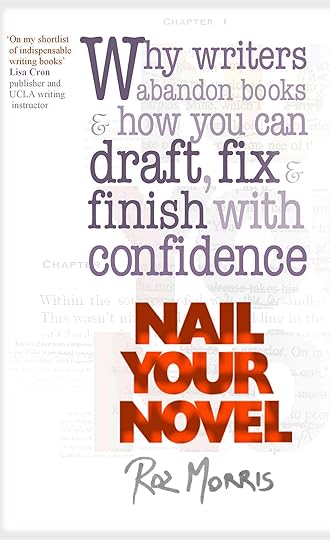 GIVEAWAYS! Over on the Red Blog, Bryan Furuness is giving away 2 paperback copies of The Lost Episodes of Revie Bryson … follow the steps to enter
GIVEAWAYS! Over on the Red Blog, Bryan Furuness is giving away 2 paperback copies of The Lost Episodes of Revie Bryson … follow the steps to enter
Also, don’t forget that there’s a giveaway here as well… to celebrate the new cover of Nail Your Novel.


July 6, 2013
How to get into bookshops Part 2 – at Independent Authors Alliance
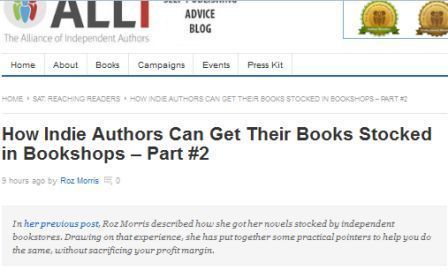 When you’re getting your books into stores, there are certain practicalities to consider. Will the delivery costs eat your profit? Are you on the database they order from? How long will they keep your books for?
When you’re getting your books into stores, there are certain practicalities to consider. Will the delivery costs eat your profit? Are you on the database they order from? How long will they keep your books for?
I’m still new to this, but there are a few guidelines I’ve established that might help if you’re approaching bookshops to sell your work. And if there’s any advice you’d add, do please jump in! Every shop is different and I’m sure my experience is merely the tiniest visible part of a very large berg. Here are my tips at the Alliance of Independent Authors…
And I just made another bookseller friend this afternoon! Cobham Bookshop in Surrey @Cobhambookshop will be ordering my titles from Gardners!


July 2, 2013
‘To draw a curtain around a mental space’ – The Undercover Soundtrack, Bryan Furuness
 My guest this week measures his novels in rainstorms. More accurately, I should say he measures them in how many times he has listened to one rainstorm during the writing. His novel is about a dreamy and messianic boy, and he used a loop of weather noises to cocoon himself in a mental space where he felt composed enough to write. The result is a meditative post, perhaps perfect for summer days in the drowsy grip of a heatwave. His name is Bryan Furuness and he’s on the Red Blog with his Undercover Soundtrack.
My guest this week measures his novels in rainstorms. More accurately, I should say he measures them in how many times he has listened to one rainstorm during the writing. His novel is about a dreamy and messianic boy, and he used a loop of weather noises to cocoon himself in a mental space where he felt composed enough to write. The result is a meditative post, perhaps perfect for summer days in the drowsy grip of a heatwave. His name is Bryan Furuness and he’s on the Red Blog with his Undercover Soundtrack.
GIVEAWAY Bryan is giving away 2 paperback copies of The Lost Episodes of Revie Bryson to commenters here. Extra entries if you share the post on Twitter, Facebook or other platforms – but remember to note in your comment here that you have! He also asks that if you happen to win, he’d be extremely grateful for a review on Amazon or Goodreads – favourable or otherwise.
Also, don’t forget that there’s a giveaway here on the Purple Blog as well… to celebrate a new cover.


Why the fuss about characters in fiction? Post at Writers & Artists
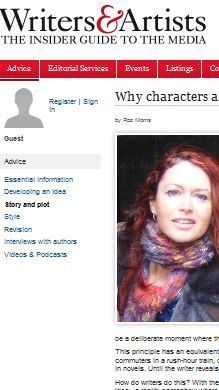 Just why are characters the cornerstone of fiction? I’m discussing this – and tips for creating irresistible story people – in the fourth of my pieces for the Writers & Artists website.
Just why are characters the cornerstone of fiction? I’m discussing this – and tips for creating irresistible story people – in the fourth of my pieces for the Writers & Artists website.


July 1, 2013
New cover for Nail Your Novel! And FREE stuff….
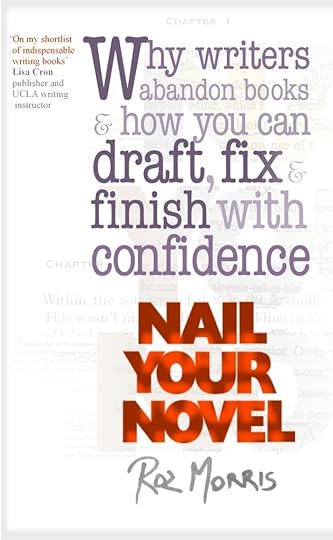 The new cover should now be live on all the buying outlets, so here’s the official unveiling!
The new cover should now be live on all the buying outlets, so here’s the official unveiling!
So why did I change?
First of all, I wanted to funk it up. Give it a chance to pop. The purple cover didn’t scream ‘creativity’ and was rather more staid than the tone of the book. (A point that was echoed by a few commenters here and there. Glad we feel the same, guys!)
Also, the original cover wasn’t designed with a series in mind. For books 2, 3 et al I could have varied the background colour and the wording, but the difference would have been practically invisible on a black and white ereader. And see my previous remarks about dullness. Dull, dull, dull.
This tied me in a few creative knots when I designed the characters book. It had to look like it evolved from NYN original, and allow for distinctive variations with further books. And then – something that nobody knew but me – the characters book and its cousins also had to fit retroactively with the updated design.
So… the new NYN cover had to look like the origin book, rather than another book in the series. For a while I fiddled with graphics that would suggest ‘writing’ and ‘drafting’, but decided that might look like another new book. In the end I stuck with typography, to echo the original cover’s use of quotes from the text. This gives it the best chance of being recognised as the original book, but still look like a snazzy reboot.
Big tip for updating a cover on CreateSpace
When you update a cover (or the book’s interior) on CreateSpace, the book becomes unavailable until you approve it, although it’s still available from third-party sellers. It spends 12-24 hours being processed, then they allow you to proof on screen or order a print proof.
Obviously you don’t want your book off sale. so you want this completed swiftly. With a major change like a new cover, you need to see it in print; with colour processes, trimming and so on I think it’s too risky to okay a new cover on a digital proof only. But the fastest you can get a proof to your door is a couple of days, and you’ll pay a big whack for the postage. But if you don’t mind how long the proof takes to arrive (up to six weeks) it will cost only a few dollars.
Your book off sale for six weeks? (Sound of screaming.) Here’s my solution. Make a dummy book.
In my previous post, Catherine Ryan Howard advised you not to make a new edition when updating a book. I agree with her. But this dummy edition will not go on sale. You’ll use it to do the fine tuning, then transfer the files when you know they work.
You need to set it up with a new ISBN – but that doesn’t matter because you can use a free CS one. But you upload the new cover on that and order a copy. While it wends its sweet way to you via China and the International Space Station, the real book sits undisturbed and available. Once you’ve seen physical proof and are happy, you know you can upload the new cover in safety.
So… this means I have a special thingy to give away: the dummy book. I decided to have fun with it. Instead of loading it with the interior of the proper book, I created a notebook (which in my CS dashboard I called the Nail Your Novel Notebook of Surprises). The pages are numbered but blank, so you can scribble your ideas and workings but keep track of them with an index. And the surprise? Every 10 pages or so is a writing tip.
There’s only one, so this is an ultra-limited edition. It won’t be on sale as I can’t imagine anyone wanting to actually buy the thing, but it’s fun to be able to give it away. I’ll also throw in a copy of the original book with its old cover, for you to use or to pass on to a friend.
What do you have to do?
Share this post about my new cover, come back here and let me know you have, and I’ll hold a draw on Monday 8th July. One entry per place shared – so you get multiple goes if you spread the news on Twitter, Facebook, G+ or even the International Space Station. Just remember to note here if you shared on multiple platforms.
Oh, and you can find the new Nail Your Novel, with extra cover va-va-voom, on print and ebook outlets now


June 30, 2013
Should you change your book’s cover? Tips for success
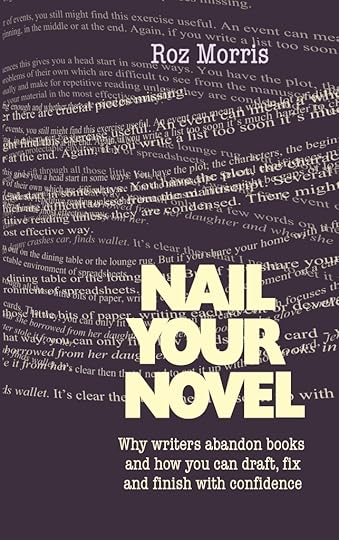 Take a long look at this cover for Nail Your Novel, original flavour. In the next few days, it’s going to have a snazzy new outfit.
Take a long look at this cover for Nail Your Novel, original flavour. In the next few days, it’s going to have a snazzy new outfit.
Proverbs notwithstanding, covers are perhaps our most potent marketing tool, so I thought I’d talk to various authors who’ve changed theirs with good results. My panel are literary authors Jessica Bell, Melissa Foster and Linda Gillard, chick-lit author Talli Roland, and travel writer and novelist Catherine Ryan Howard

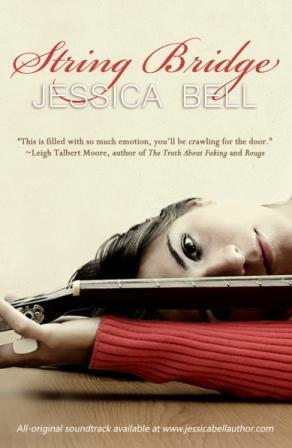 JESSICA BELL: ‘Cover #2 clearly attracts more readers’
JESSICA BELL: ‘Cover #2 clearly attracts more readers’
Why did you change the cover of String Bridge?
I changed it twice. The first time was because my publisher closed and I had to put the book back on the market myself. The second, because it didn’t seem to attract attention, so I decided to go for a more commercial look.
How long had you had the old cover? Both for six months each.
Did it boost sales or interest?
The latest new cover did. The difference was phenomenal. The first free KDP promo I did with the second cover resulted in 2000 downloads. The second, with the latest cover, resulted in over 20,000 downloads. The latest cover is obviously more attractive to the mass consumer.
Were there any other results? Yes. More reviews!
Any tips for the changeover? Look at the covers of what’s hot on Amazon in the same genre as your book, and try to replicate the feel.
**
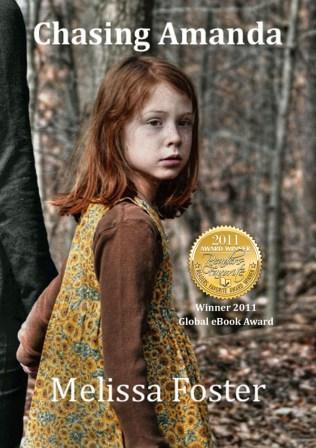
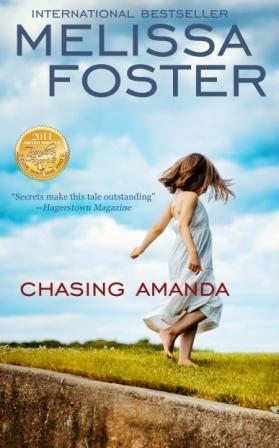 MELISSA FOSTER: ‘Highlighting a different aspect of the novel’
MELISSA FOSTER: ‘Highlighting a different aspect of the novel’
Why did you change? To rebrand my books. Chasing Amanda sold very well with the previous darker, more mysterious cover, but it occurred to me that while Chasing Amanda is also a novel that tugs at the heart of most parents—-and perhaps it was time to try a cleaner, fresher look, giving readers a visual understanding of that side of the story. It will be interesting to see if the audience changes with the imagery change.
How long had you had the previous cover? My first book (published in 2009) had the original cover for almost three years. My second had the original cover for about a year before it was changed.
Did the change boost sales or interest? It’s always hard to tell what has caused a bump in sales when you do more than one thing at once. When I recovered my books to self-publish, I also put more promotions into play to promote them. Given that, I’d say the combination helped.
Any other results? I believe branding is important and so are professional covers. Traditionally published authors rebrand every few years to breathe new life into old titles.
Any tips for the changeover? I’ve changed all my covers and there is little to no impact on sales during the change. The paperback will go off sale for those few days while it’s being approved. The Kindle book doesn’t miss a single day; it’s live while you change.
Any time a cover is upgraded, try a promotion that was done in the past, then compare the results.
**
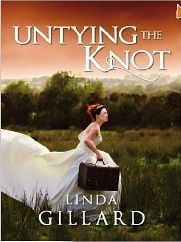
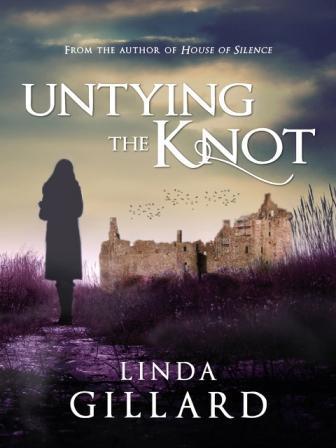 LINDA GILLARD: ‘Echoing the cover of my bestselling book’
LINDA GILLARD: ‘Echoing the cover of my bestselling book’
Why did you change the cover of Untying The Knot?
I was about to bring out the paperback so decided to reassess. I wanted to make it reminiscent of House Of Silence, which is my big seller. I’ve always assumed it must be the cover that sells that book, so we went for a dramatic sky and interesting building.
Untying The Knot has had brilliant reviews, but doesn’t sell as well as some of my others. It had a Marmite cover – people loved it or hated it – but most of the feedback was negative, especially from people who’d read the book. They didn’t think it represented the tone or content. Untying The Knot looks at the destructive effects of post-traumatic stress disorder on a marriage, but there are elements of rom-com mixed in with the drama. It was difficult to come up with an image to suggest all that. My original cover was a surreal image of a bride fleeing with a suitcase across a rural landscape but readers thought it suggested chick lit. I realised you need to make sure the cover of a mixed-genre book doesn’t give out a mixed message. That confuses readers and doesn’t work in that crucial thumbnail in ebook stores.
How long had you had the previous cover? A long time. Since August 2011
Effect on sales etc It’s too early to tell, but the feedback on Facebook suggests people think the new cover is more suitable and more appealing.
**

 CATHERINE RYAN HOWARD: ‘Shouldn’t have echoed the first book’
CATHERINE RYAN HOWARD: ‘Shouldn’t have echoed the first book’
Why did you change the cover of Backpacked?
Backpacked was my second travel memoir, and as the first (Mousetrapped) had been so successful, I wanted to keep the brand I’d inadvertently created: scrapbook image on the bottom, nice blue sky picture on the top, white band with title etc through the middle. I have a deep-rooted and somewhat worrying need for things to match, so doing it that way satisfied that requirement as well.
But Backpacked didn’t sell as well as I’d hoped, and when I started examining the cover – really examining it – it struck me that this design did nothing for this book (although it had worked for the first). It actually looked dowdy and dull. So I decided to entirely revamp the cover, focusing more on the content of this book instead of how much it did or didn’t match the previous one.
How long had you had the old cover? Almost a year. (I had to look that up and I was actually very surprised it took me that long to change it!)
Did changing the cover boost sales or interest? Absolutely. And it was immediate. Now, Backpacked is probably my best-reviewed book, and I think that’s because it’s reaching the right readers. By changing the cover I caught their attention, and identified the book as something they’d like to read. It’s been out now since 2011 but continues to sell a steady amount each month.
I would say, though, that a cover change does not automatically generate new interest or boost sales. I had a shortlived self-published novel whose cover I changed and although sales were boosted initially, it didn’t make any difference in the long run. A new cover will only work if it’s the cover the book should have had all along. Change alone doesn’t contribute much.
Any tips? Very important: unless it’s a new edition (i.e. you’ve changed the content considerably), do not create a new book. I know that technically, if you change the cover, you should create a new edition but the headache is not worth it. I went through a month-long migraine when I brought out a new edition of Mousetrapped in 2011, and boy did I learn my lesson!
It is so much easier to go to CreateSpace, Amazon KDP etc. and upload a new cover file than it is to make a whole new book with both editions available at the same time, which is very confusing. You might also affect your rankings and reviews. Simply swap the cover files and keep everything else the same.
**
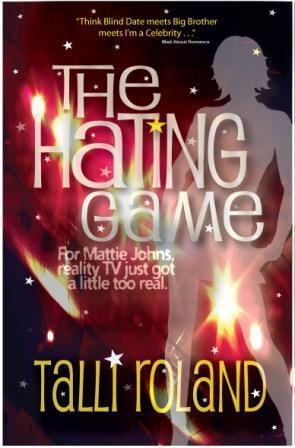
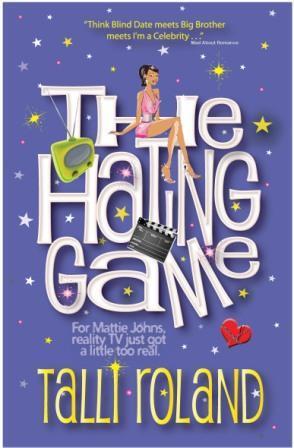 TALLI ROLAND: ‘Cover looked like the wrong genre’
TALLI ROLAND: ‘Cover looked like the wrong genre’
Why did you change the cover of The Hating Game?
My publisher and I noticed my book was linked on Amazon with others of a different genre (mainly crime), so we suspected the cover wasn’t reaching the right audience. My novel was firmly chick lit, yet wasn’t being sold with other chick lit.
How long had you had the previous cover? We actually had two other covers before the current one. The first we’d had well before the launch of the book, and the second was live for a few weeks.
Result? When we finally hit on the right cover, the novel rocketed into the top 100 on Amazon within a week or so.
Any tips for the changeover? Explain the reasons, to avoid confusion. Although we only changed the ebook cover; by the time the book was in print, we’d found a cover that worked. Make sure the new cover addresses the genre you’re targeting, too.
**
Paranormal thriller author MARY MADDOX has an interesting tale of how she changed the cover of her novel Talion because she’d originally used a photo she loved – but readers told her (some rather rudely) that it was too abstract.
Do readers get confused?
One of the questions I was most interested in was whether readers become confused. The general consensus was no. The Kindle store warns you if you try to buy a book you’ve already downloaded. And although you can buy paperbacks more than once, no one reported a dreaded disgruntled review for that reason. Jessica Bell says publication dates are clearly labelled, so readers can tell it’s the same book. And Catherine Ryan Howard points out that readers are already used to covers changing in traditional publishing. ‘A book will have one design for the hardback and another for the paperback, and bestseller authors with extensive backlists get cover redesigns regularly. If the title, sub-title and blurb stay the same, how could anyone make such a mistake?’
Cover designer Jane Dixon-Smith has two useful tips to add. ‘If you’re designing a cover for a sequel, make sure it matches in terms of quality and style Second, it’s important to change a cover if it’s an improvement to your image and the assurance of your quality and brand.’

Going, going…
You’ll have to wait a day or two while the new cover of Nail Your Novel worms its way through the works at CreateSpace et al. But don’t go too far because I’ll be back with an unveiling post AND a very special competition…
In the meantime, let’s talk about changing covers. Have you changed any of yours? Are you thinking about it? Are you happy with your covers, and why? Do you have any other questions you’d like to discuss?


June 29, 2013
Getting into bookshops, part 1 – post at Independent Authors Alliance
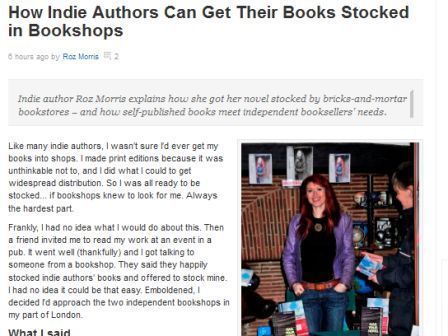 If you follow me on Twitter, Facebook or in Google’s Confusing Circles, you might have seen me celebrating when a bookshop reviewed My Memories of a Future Life - on Amazon. ‘I was so impressed’ (it read) ‘that I persuaded Roz to hold a signing…’
If you follow me on Twitter, Facebook or in Google’s Confusing Circles, you might have seen me celebrating when a bookshop reviewed My Memories of a Future Life - on Amazon. ‘I was so impressed’ (it read) ‘that I persuaded Roz to hold a signing…’
That’s a bit astonishing in the current climate, and the Alliance of Independent Authors were soon wanting the story of what I’d done to get into their good books.
Much of it was luck, I have to say – I clicked with their tastes. And I’ve had a hit and miss relationship with other bookstores. But if you’re contemplating approaching bookshops with your print editions, you might find my experience useful…
And tell me here: have you approached bookshops or other retail outlets with your work? How did it go?




